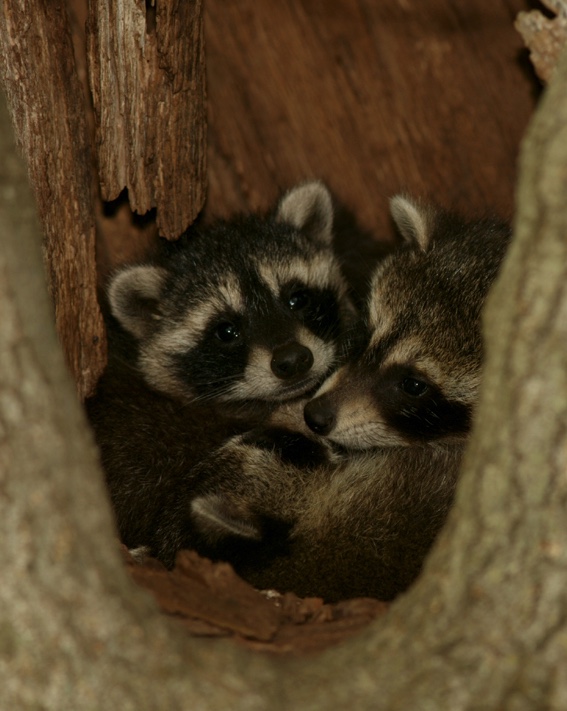If you hear vocalizations coming from your attic or walls, they are most likely caused by raccoons, squirrels, mice, rats, or birds.
If you hear:
Identifying the species based on sound alone can be challenging. Always inspect the attic for other signs, such as droppings, chew marks, paths left in the insulation, or sightings of the animal or bird.
The Identify Wildlife page has photos that can help you identify what animal you are dealing with. Click on the animal photo and you’ll be directed to a page that provides identification and life history information as well as damage control and prevention tips for that species.

The Wildlife Illinois website was authorized by the Illinois Department of Natural Resources (IDNR) in partial fulfillment of project W-147-T. The website was developed by the National Great Rivers Research and Education Center, 2wav, and the IDNR in partnership with the United States Department of Agriculture Animal and Plant Health Inspection Service Wildlife Services and University of Illinois Extension to provide research-based information about how to coexist with Illinois wildlife.